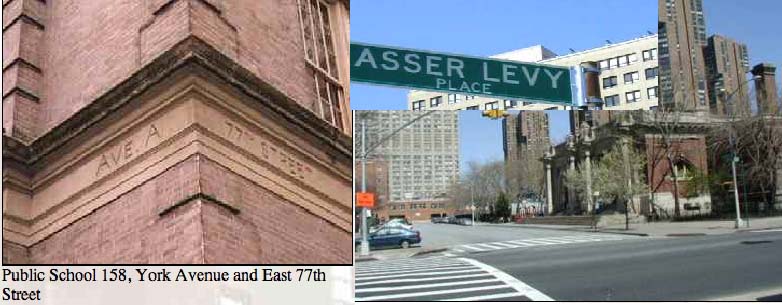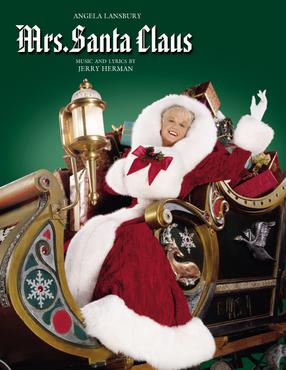I didn't realize that Call Of Duty had a game devoted to Makin Atoll. I cut out one of the more gruesome parts. Before the Army 165th Regiment of Charles Murphy landed a Marine Ranger force invaded in late 1942. The game tells a version of their story.
The Makin Island Raid (pronounced, "Muggin") (occurred on August 17, 1942 – August 18, 1942) was an attack by the United States Marine Corps on Japanese military forces on Makin Island (now known as Butaritari Island) in the Pacific Ocean. The aim was to destroy Japanese installations, take prisoners, gain intelligence on the Gilbert Islands area, and divert Japanese attention and reinforcements from the Allied landings on Guadalcanal and Tulagi.
The raid was among the first American offensive ground combat operations of World War II. The others were the 32nd Infantry Division and 41st Infantry Division on New Guinea, the 1st Marine Division and the Americal Division on Guadalcanal, and the 9th, 3rd Infantry and the 2nd Armored Divisions in North Africa.
The USMC raiding force was drawn from the 2nd Raider Battalion and comprised a small battalion command group and two of the Battalion's six rifle companies. Because of space limitations aboard ship, each company embarked without one of its rifle sections. Battalion headquarters, Company A and 18 men from Company B (totaling 121 troops) were embarked aboard USS Argonaut and the remainder of B Company (totaling 90 men) was embarked aboard USS Nautilus. The raiding force was designated Task Group 7.15.
The Marines launched in rubber boats powered by small, 6 hp outboard motors shortly after midnight of August 17. Surface conditions were windy and rainy, with a difficult chop, swamping many boats and drowning out outboard motors. The mission continued with operable boats towing to shore those without power.
The Raiders landed at 05:30 and swiftly defeated the Japanese garrison, estimated to number as few as 83 or as many as 160 troops. During the fighting, Sergeant Clyde A. Thomason was killed while leading an assault on a Japanese position. Thomason was posthumously awarded the Medal of Honor for his actions and was the first Marine recipient of this honor during World War II.
Evacuation of the Raiders
The Raiders were evacuated from the island by the same two submarines. USMC casualties were given as 18 killed in action and 12 missing in action. Of the 12 Marines missing in action, one was later identified among the 18 Marine Corps graves found on Makin Island. Of the remaining eleven Marines missing in action, nine were inadvertently left behind or returned to the island during the night withdrawal. They were subsequently captured, moved to Kwajalein Atoll, and executed by Japanese forces.
The remaining two Marines were never located.
Carlson reported that he had personally counted 83 Japanese bodies and estimated that "160" Japanese were killed based on reports from the Makin Island natives with whom he spoke. Additional Japanese personnel may have been killed in the destruction of two boats and two aircraft. Morison states that 60 Japanese were killed in the sinking of one of the boats.
Although the Marine Raiders succeeded in annihilating the Japanese garrison on the island, the raid failed to meet its other material objectives. No Japanese prisoners were taken, and no meaningful intelligence was collected. Also, no significant Japanese forces were diverted from the Solomon Islands area. In fact, because the vulnerabilities to their garrisons in the Gilbert Islands were highlighted by the raid, the Japanese strengthened their fortifications and defensive preparations on the islands in the central Pacific, which may have caused heavier losses for U.S. forces during the battles of the Gilbert and Marshall Islands campaigns. However, the raid did succeed in its objectives of boosting morale and testing Raider tactics.





















